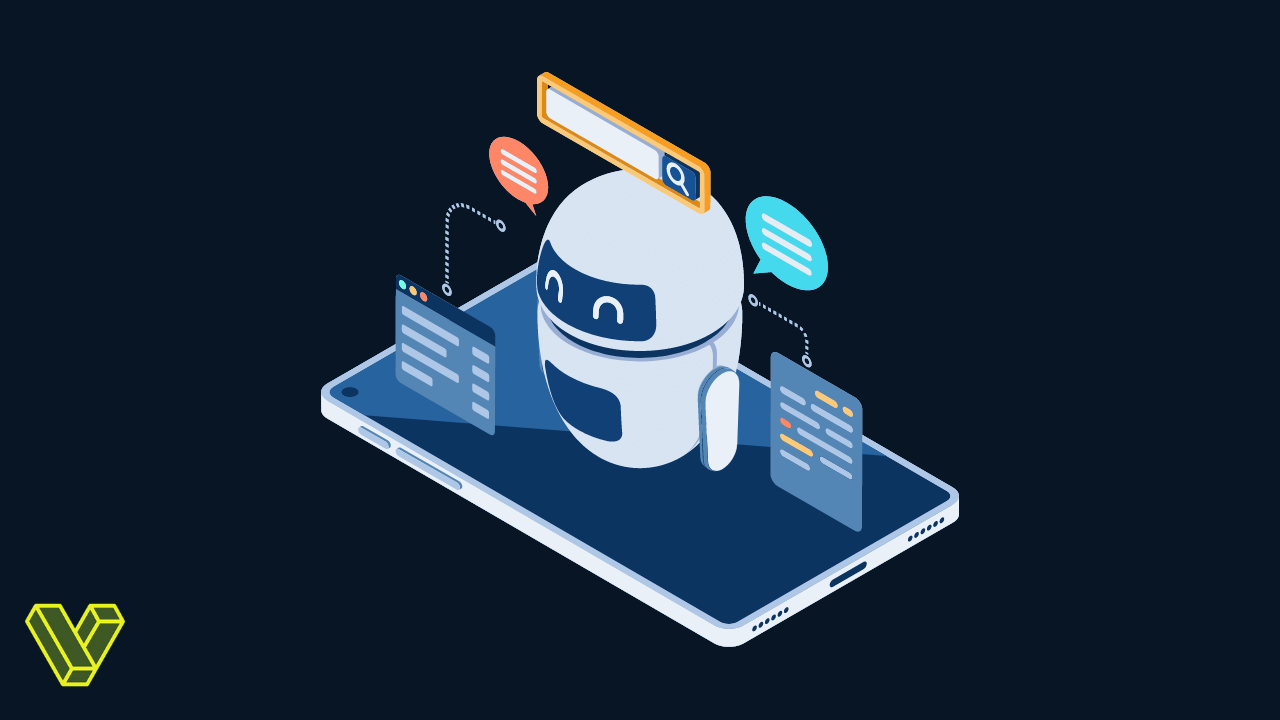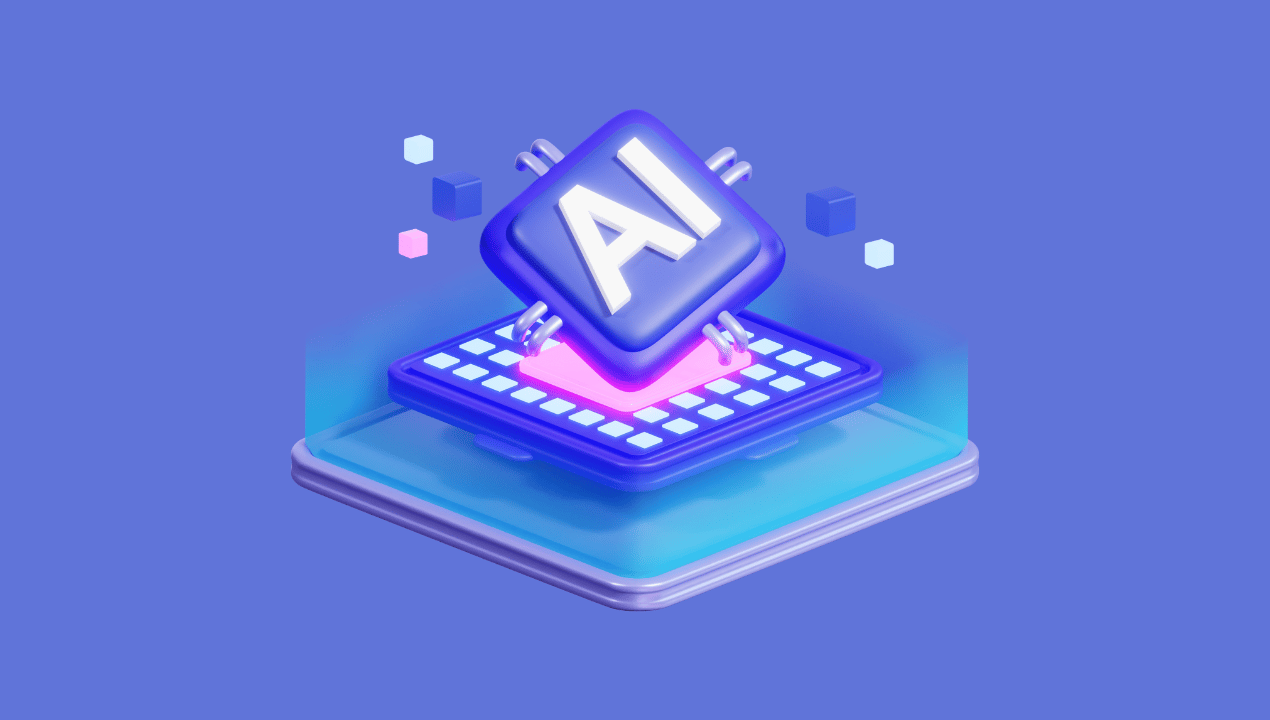In the realm of automotive innovation, Tesla’s Autopilot Artificial Intelligence (AI) stands as a beacon of progress, reshaping our perceptions and experiences of driving. This groundbreaking technology, which combines advanced hardware and software to enable autonomous driving capabilities, is not just a feature of a car; it’s a glimpse into the future of transportation. In this article, you’ll learn how Tesla’s autopilot AI (artificial intelligence) is changing driving to navigate autonomous capabilities.
The Evolution of Tesla’s Autopilot
Tesla’s Autopilot system, first introduced in 2015, has undergone significant upgrades over the years. Initially, it offered basic features like keeping the car within its lane and adjusting the speed according to traffic conditions. Today, thanks to numerous over-the-air software updates, it includes more sophisticated functionalities such as Navigate on Autopilot, automatic lane changes, autopark, summon, and traffic light and stop sign control.
Real-World Impact and Numbers
The impact of Tesla’s Autopilot can be quantified through various metrics. For instance, Tesla’s 2020 Safety Report indicated that cars on Autopilot registered one accident for every 4.88 million miles driven. So, compared to one accident per 2.10 million miles driven without Autopilot. This data suggests a significant enhancement in safety when Autopilot is engaged.
Moreover, real-world examples abound. In 2018, a Tesla vehicle on Autopilot detected a stalled car on a highway in the Netherlands and braked automatically. Potentially preventing a serious accident. Such instances showcase the system’s ability to react faster than human reflexes in certain scenarios. In this article, you’ll learn how Tesla’s autopilot AI (artificial intelligence) is changing driving to navigate autonomous capabilities.
Benefits of Autopilot
The benefits of Tesla’s Autopilot are multifaceted:
- Enhanced Safety: Autopilot’s advanced sensors and AI algorithms can reduce the risk of accidents caused by human error.
- Reduced Driver Fatigue: For long journeys, Autopilot can relieve the driver from the continuous stress of active driving.
- Traffic Efficiency: By optimizing driving patterns, Autopilot can contribute to smoother traffic flow and reduced congestion.
- Eco-Friendly Driving: Optimized driving patterns also mean better fuel efficiency, contributing to lower emissions.
Downsides and Controversies
Despite its advantages, Tesla’s Autopilot is not without controversy. Critics argue that the name ‘Autopilot’ could give drivers a false sense of security, leading to over-reliance on the system. There have been instances where drivers misused Autopilot, resulting in fatal accidents. This highlights the need for continuous education and awareness about the system’s capabilities and limitations.
Furthermore, regulatory bodies across various countries are scrutinizing the technology, concerned about its safety and the standards it adheres to. The ongoing evolution of regulations in this field is as dynamic as the technology itself. In this article, you’ll learn how Tesla’s autopilot AI (artificial intelligence) is changing driving to navigate autonomous capabilities.
The Future Road Using Tesla’s Autopilot AI
As Tesla continues to refine its Autopilot AI, the potential for fully autonomous driving looms closer. However, the journey to full autonomy is not just a technological challenge; it’s also a regulatory, ethical, and societal one. The integration of AI in driving demands a reevaluation of our driving norms, insurance structures, and even road infrastructure.
Bridging the Gap Between Human and Machine
Tesla’s Autopilot AI is not just revolutionizing driving; it’s bridging the gap between human and machine interaction. The seamless integration of AI into everyday driving tasks represents a significant leap. In how we interact with technology on a fundamental level.
User Experience and Adaptation with Tesla’s Autopilot AI
For drivers, the experience of using Autopilot can vary from awe-inspiring to daunting. Adapting to a system that can control steering, braking. So, acceleration requires a shift in trust from human instinct to machine intelligence. This adaptation is a critical step in the journey towards autonomous driving. Requiring users to understand and respect the technology’s capabilities and limitations to navigate with autopilot.
Continuous Learning and Improvement
One of the most fascinating aspects of Tesla’s Autopilot is its ability to learn and improve over time. The system collects data from the fleet of Tesla vehicles on the road, allowing it to continuously refine its algorithms. This feature of collective learning is a cornerstone of Tesla’s approach, ensuring that each vehicle benefits from the experiences of others.
Economic and Societal Implications
The widespread adoption of Autopilot and similar technologies could have far-reaching implications for society and the economy:
- Insurance and Liability: As the responsibility for driving shifts from humans to AI, there will be profound changes in how insurance companies assess risk and liability.
- Urban Planning and Infrastructure: The increased reliability and safety of AI-driven vehicles could lead to rethinking urban planning, with potentially less need for large parking spaces and changes in traffic management.
- Job Market Shifts: In the long term, autonomous driving technologies could impact professions like trucking and taxi services, requiring a societal shift in job training and resources.
Ethical Considerations on Tesla’s Autopilot AI
The advancement of Autopilot also raises important ethical questions:
- Decision-Making in Critical Situations: How AI systems make decisions in life-threatening scenarios is a subject of ethical debate.
- Privacy Concerns: The collection and use of data by AI systems like Autopilot raise questions about user privacy and data security.
- Accessibility and Equity: Ensuring that the benefits of such advanced technologies are accessible to all segments of society is another challenge that needs addressing.
Looking Ahead: A Connected Ecosystem
Tesla’s vision extends beyond individual vehicles to a connected ecosystem, where cars communicate with each other and with the infrastructure to optimize traffic flow and enhance safety. This vision of a connected, intelligent transportation system could redefine urban mobility.
Tesla’s Autopilot AI Conclusion
Tesla’s Autopilot AI is more than just an advanced car feature; it’s a harbinger of a new era in transportation. While it offers numerous benefits, it also brings challenges and ethical considerations that must be addressed. As we navigate this new future, it is essential to strike a balance between embracing innovation and ensuring safety and responsibility on the road.
In a world where technology and humanity converge, Tesla’s Autopilot AI is not just changing how we drive; it’s transforming our very relationship with vehicles and the road ahead.




